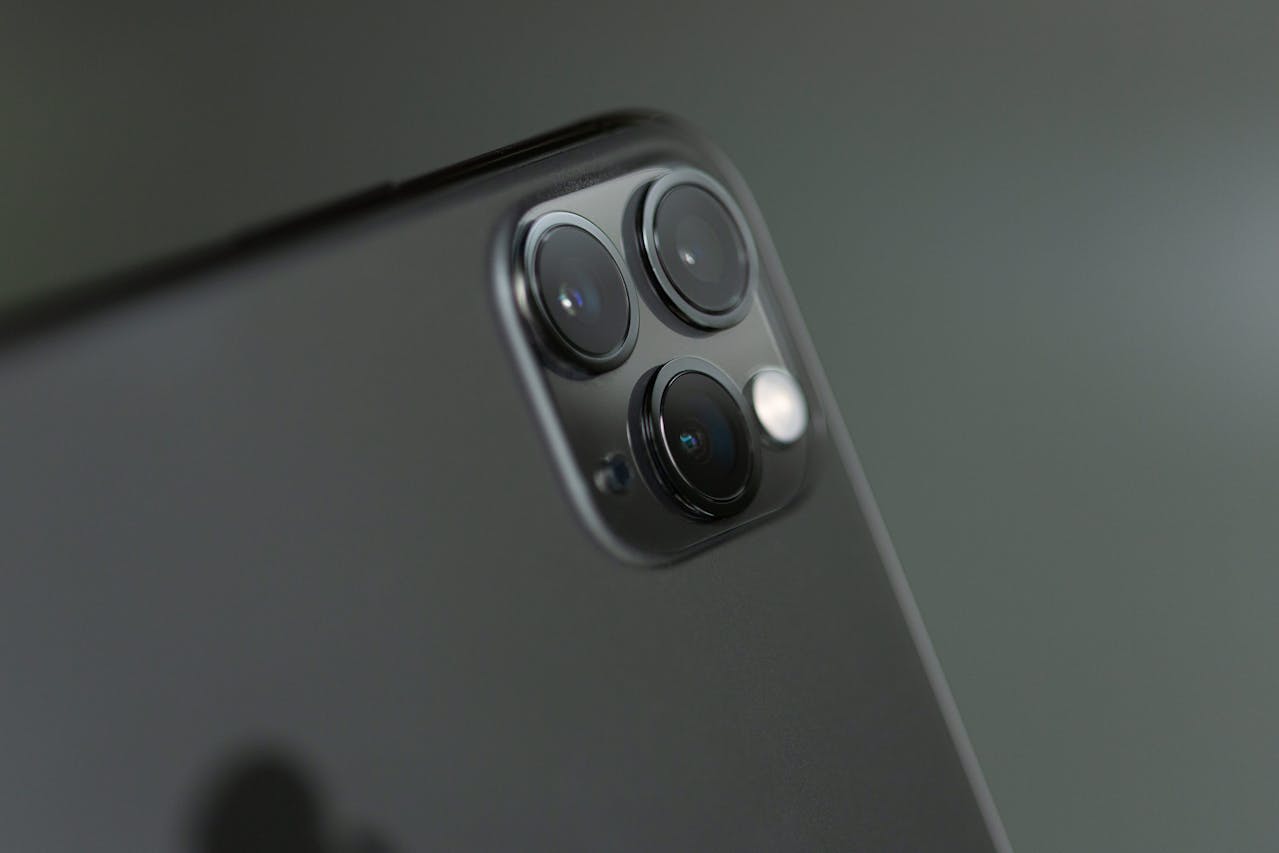Cellphones: Guide to Features, Tips, and Trends
Cellphones have become an integral part of our daily lives, serving as tools for communication, productivity, and entertainment. With so many models and features available, choosing the right phone can feel overwhelming. This guide breaks down everything you need to know about cellphones, from the latest features like advanced cameras and 5G connectivity to tips for optimizing performance and staying updated on emerging trends. Whether you’re in the market for a new device or looking to get the most out of your current one, this article offers practical insights to help you make informed decisions and maximize your mobile experience.

The Evolution of Cellphones: From Bricks to Pocket-Sized Powerhouses
The journey of cellphones from their inception to today’s sophisticated smartphones is a testament to human innovation. What began as bulky devices with limited functionality has transformed into sleek, multifaceted gadgets that have become an integral part of our daily lives. This evolution has not only changed the way we communicate but has also revolutionized how we work, play, and interact with the world around us.
The Birth of Mobile Communication
The concept of mobile communication dates back to the early 20th century, but it wasn’t until the 1970s that the first true cellphone emerged. Motorola’s DynaTAC 8000X, introduced in 1983, was a groundbreaking device that allowed users to make calls without being tethered to a landline. Weighing nearly two pounds and offering just 30 minutes of talk time, it was a far cry from the pocket-sized marvels we use today.
The Rise of Digital Networks
As technology advanced, so did cellphones. The 1990s saw the transition from analog to digital networks, ushering in the second generation (2G) of mobile technology. This shift brought improved call quality, increased security, and the ability to send text messages. Phones became smaller, lighter, and more affordable, leading to widespread adoption and the birth of mobile culture.
The Dawn of the Smartphone Era
The early 2000s marked a turning point with the introduction of smartphones. These devices combined the functionality of a cellphone with that of a personal digital assistant (PDA), offering features like email, web browsing, and basic apps. The launch of the iPhone in 2007 revolutionized the industry, introducing a touch-based interface and an app ecosystem that would define the modern smartphone experience.
The Power of Mobile Computing
Today’s smartphones are more powerful than the computers used to send astronauts to the moon. They feature high-resolution displays, advanced cameras, and processors capable of handling complex tasks. The integration of artificial intelligence and machine learning has further enhanced their capabilities, enabling features like voice assistants, facial recognition, and predictive text.
The Impact on Society and Culture
The ubiquity of cellphones has profoundly impacted society. They have changed how we communicate, consume media, and access information. Social media platforms, mobile banking, and on-demand services have all been made possible by the widespread adoption of smartphones. However, this constant connectivity has also raised concerns about privacy, digital addiction, and the blurring of work-life boundaries.
The Future of Mobile Technology
As we look to the future, the evolution of cellphones shows no signs of slowing down. Emerging technologies like 5G networks promise faster speeds and lower latency, paving the way for innovations in augmented reality, virtual reality, and the Internet of Things. Foldable displays, improved battery technology, and even more powerful processors are set to redefine what we expect from our mobile devices.
Comparing Top Smartphone Brands
When choosing a smartphone, consumers have a wide range of options from various manufacturers. Here’s a comparison of some popular smartphone brands available worldwide:
| Brand | Latest Flagship Model | Key Features | Estimated Price Range (USD) |
|---|---|---|---|
| Apple | iPhone 14 Pro | A16 Bionic chip, ProMotion display, iOS ecosystem | 999 - 1,499 |
| Samsung | Galaxy S23 Ultra | S Pen support, 200MP camera, Android customization | 1,199 - 1,599 |
| Pixel 7 Pro | Tensor G2 chip, advanced AI features, clean Android | 899 - 1,099 | |
| OnePlus | OnePlus 11 | Fast charging, Hasselblad camera, OxygenOS | 699 - 899 |
Note: Prices are estimates and may vary based on storage capacity, region, and retailer. Always check current prices and features before making a purchase decision.
The cellphone’s journey from a simple communication device to a pocket-sized computer is a remarkable tale of technological progress. As these devices continue to evolve, they will undoubtedly play an even more significant role in shaping our future. The key to harnessing their potential lies in balancing innovation with responsible use, ensuring that cellphones remain tools that enhance our lives rather than dominate them.
The shared information of this generated article is up-to-date as of the publishing date. For more up-to-date information, please conduct own research.




